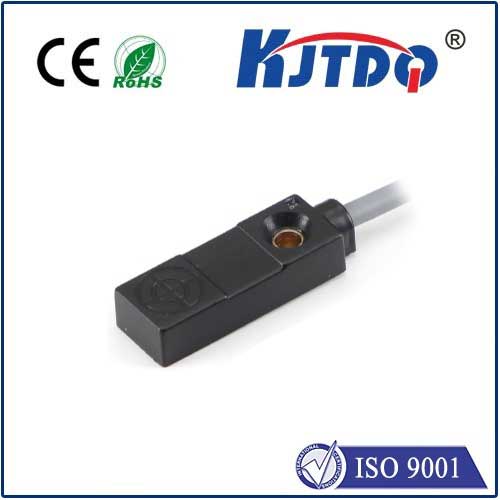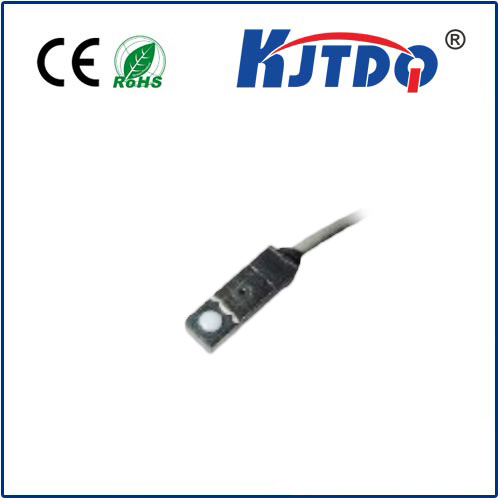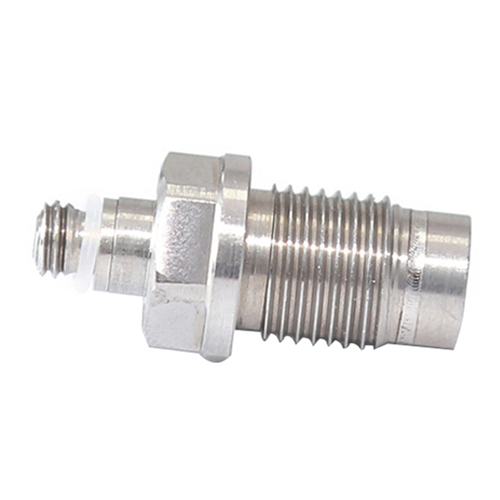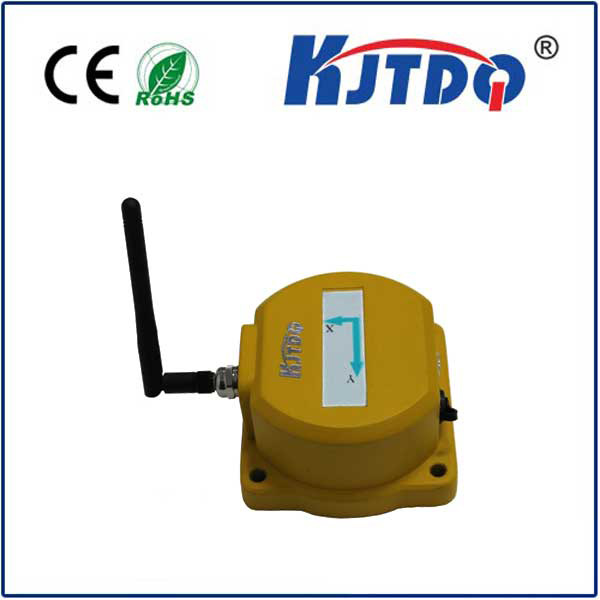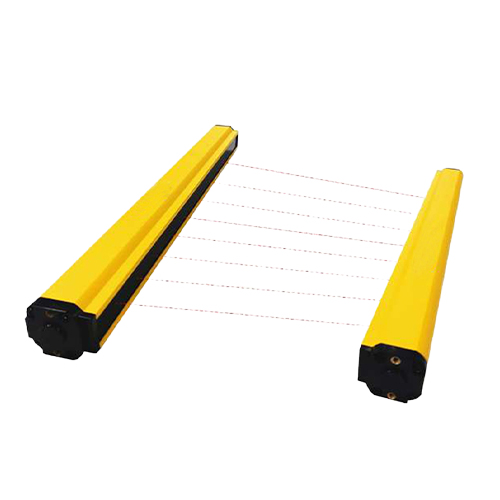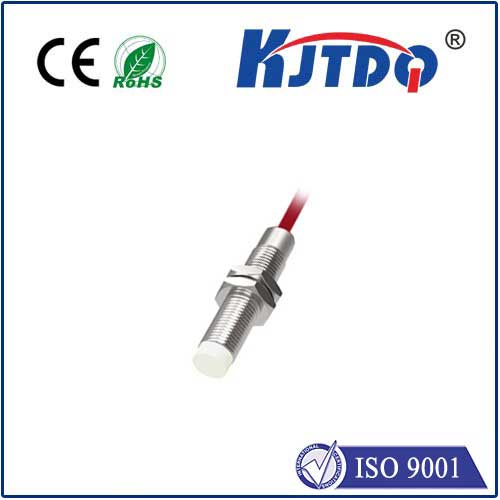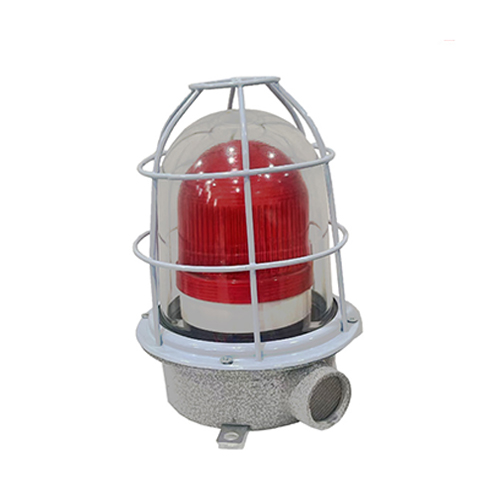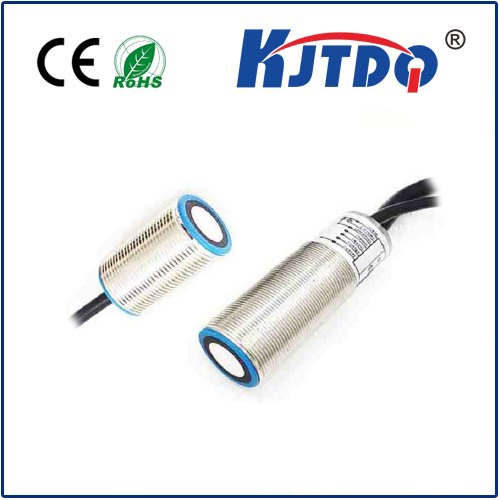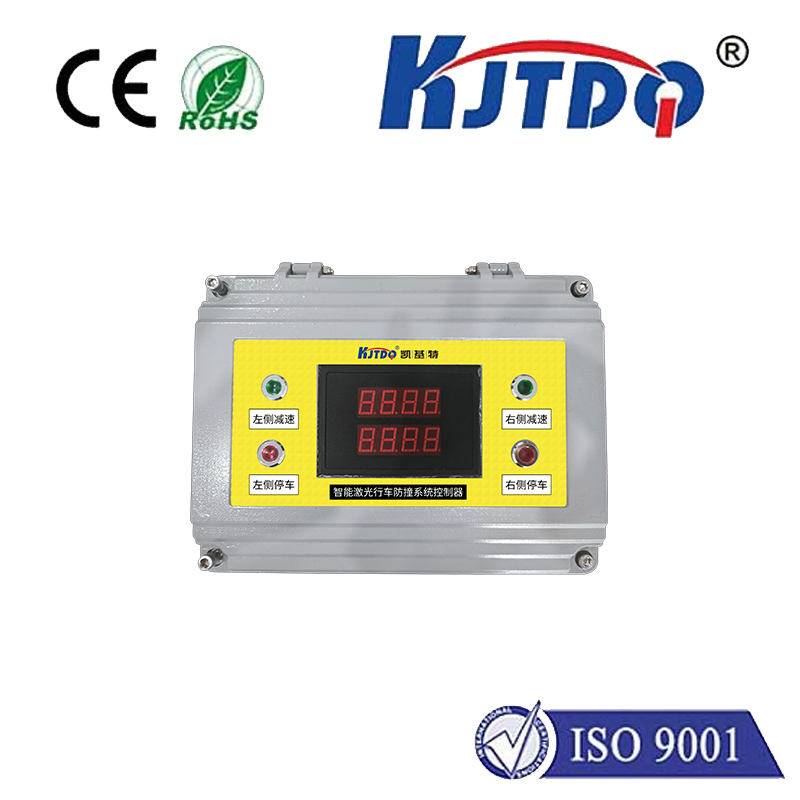

check

check

check

check

check

check

check

check

check

check
Title: DIY Laser Receiver - An Innovative Way to Build Your Own
Introduction
The world of technology is constantly evolving, and one of the most exciting areas of growth is in the field of DIY electronics. With the rise of maker culture, more and more people are taking an interest in building their own devices from scratch. One such device that has caught the attention of many DIY enthusiasts is the laser receiver. In this article, we will explore what a DIY laser receiver is, its applications, and how you can build your own.
What is a DIY Laser Receiver?
A DIY laser receiver is a device that detects light signals, specifically those emitted by lasers. It consists of a photodiode, which is a type of sensor that converts light into an electrical signal, and some basic components such as resistors, capacitors, and transistors. When a laser beam hits the photodiode, it generates a small current that can be amplified and processed by other circuitry to perform various functions.
Applications of DIY Laser Receivers

DIY laser receivers have numerous applications in both hobbyist projects and commercial settings. Some common uses include:
1. Optical communication: Laser receivers can be used to create wireless communication systems using light instead of radio waves. This technology has potential applications in space exploration and military communications.
2. Object detection and measurement: Laser receivers can detect objects based on the reflection of laser light off their surfaces. They can also measure distances and calculate speed based on changes in reflected light intensity over time.
3. Security systems: Laser receivers can be integrated into security systems to detect intruders or monitor for unauthorized access to restricted areas.
4. Scientific experiments: Laser receivers can be used in scientific experiments to study phenomena such as atmospheric scattering of light or the behavior of certain chemicals when exposed to lasers.
Building Your Own DIY Laser Receiver
Building your own DIY laser receiver is a fun and rewarding project that requires some basic knowledge of electronics and soldering skills. Here are the steps involved in building a simple laser receiver:
1. Gather materials: You will need a photodiode, resistors, capacitors, transistors, breadboard, jumper wires, and a power source (such as a battery).
2. Assemble the circuit: Connect the photodiode to the breadboard along with the necessary resistors and capacitors. Connect the transistor to the breadboard and link it to the photodiode through a resistor. Finally, connect the power source to the circuit.
3. Test the circuit: Use a laser pointer to shine light on the photodiode while monitoring the output voltage with a multimeter or oscilloscope. If everything is working correctly, you should see a change in voltage when the laser hits the photodiode.
4. Enclose the circuit: Once you have verified that the circuit works properly, you can enclose it in a housing made of plastic or cardboard to protect it from damage and improve its portability.
Conclusion
Building your own DIY laser receiver is an excellent way to learn about electronics and explore new technological concepts while having fun creating something unique. With patience and perseverance, even beginners can successfully construct their own laser receivers and apply them in various projects ranging from scientific experiments to security systems. So why not give it a try and see what innovative ideas you can bring to life?
